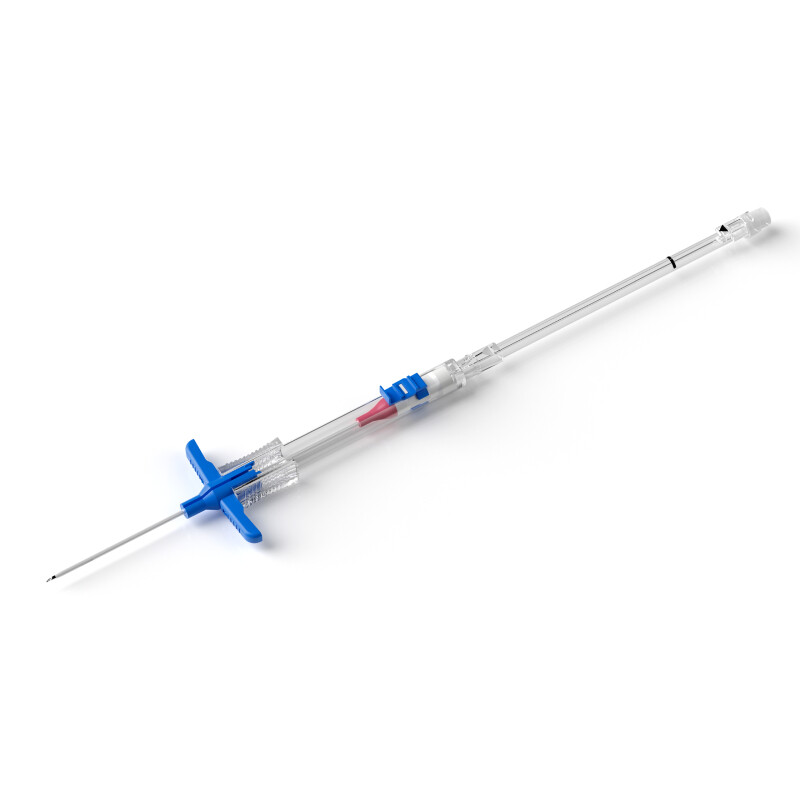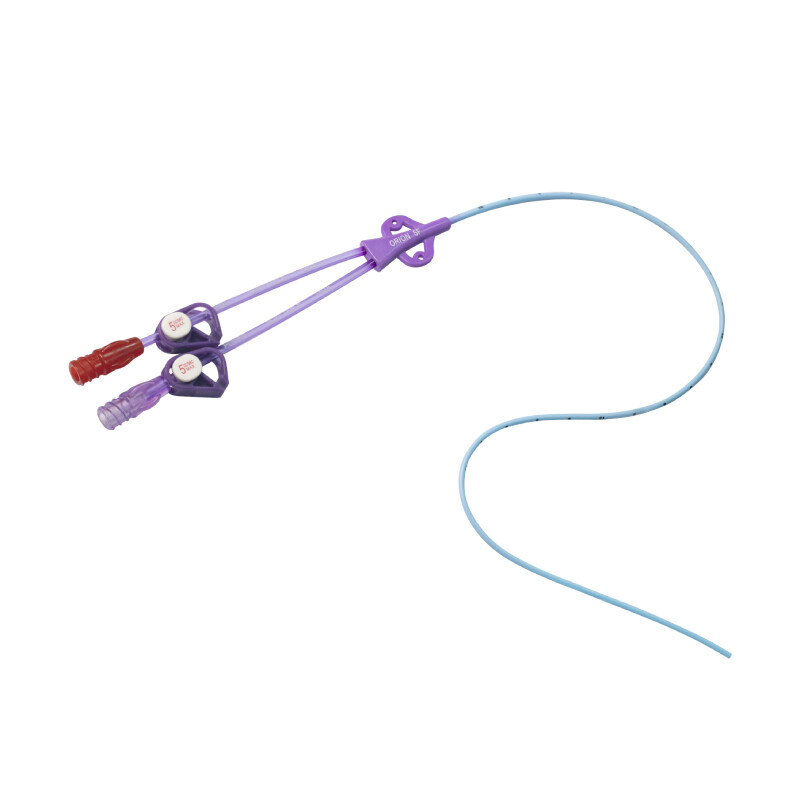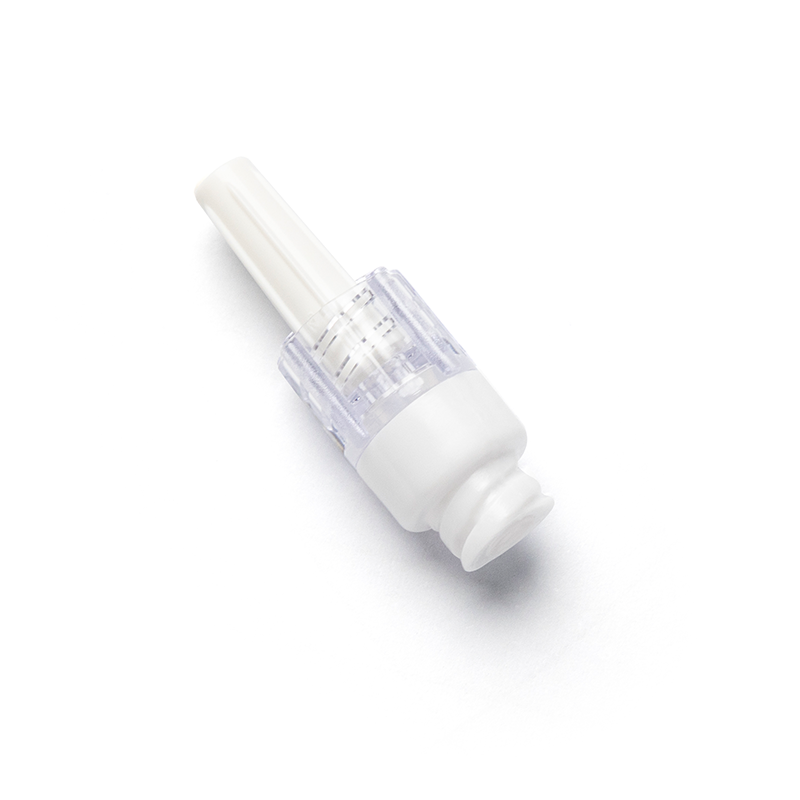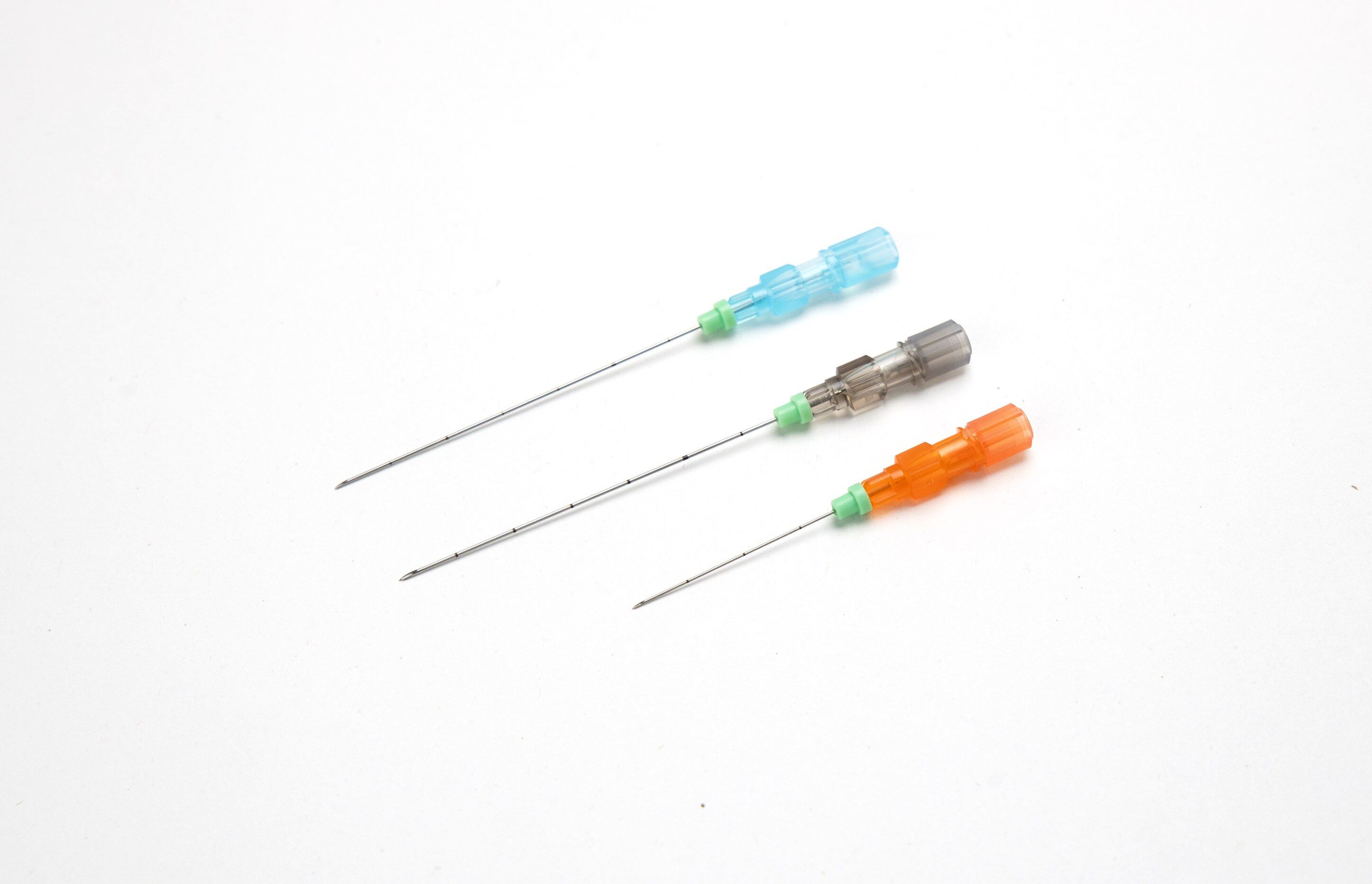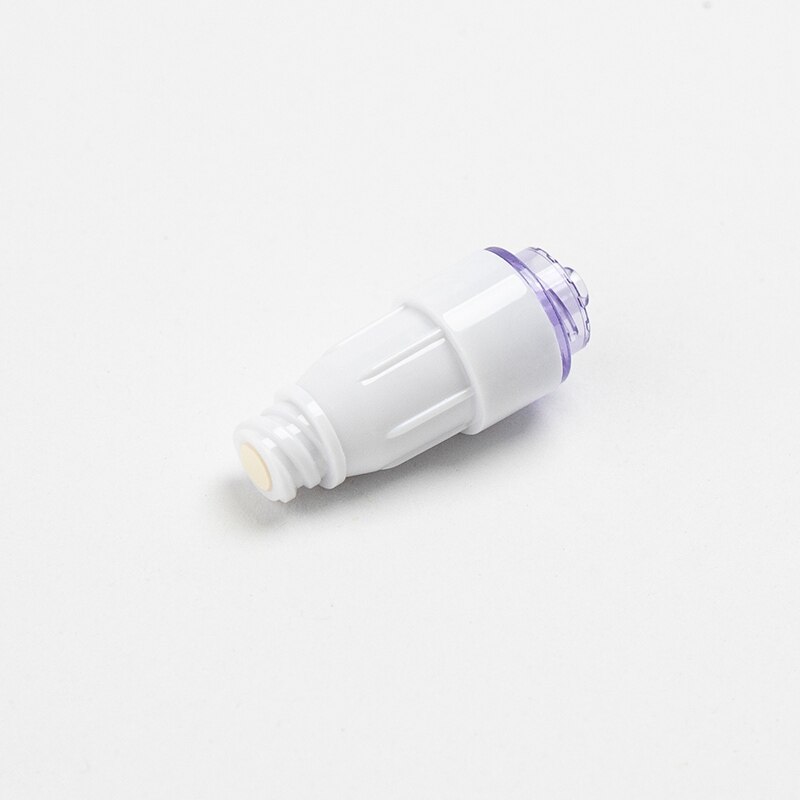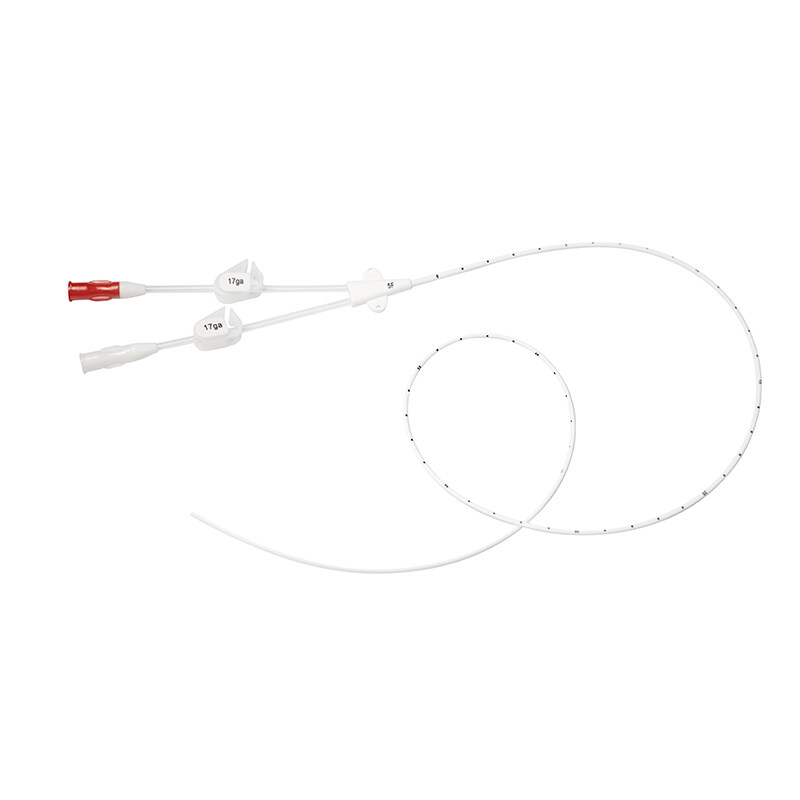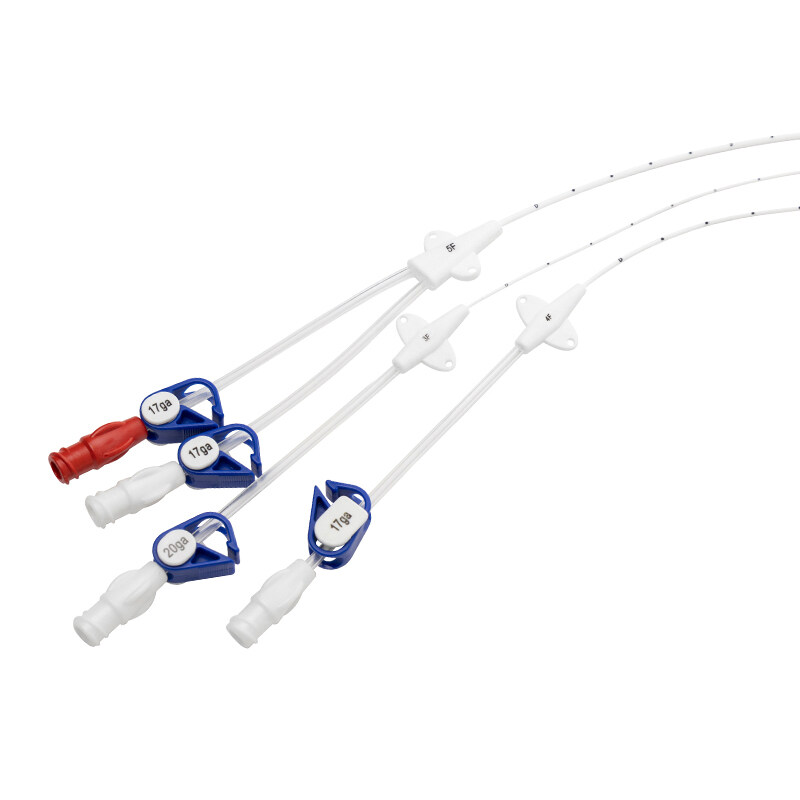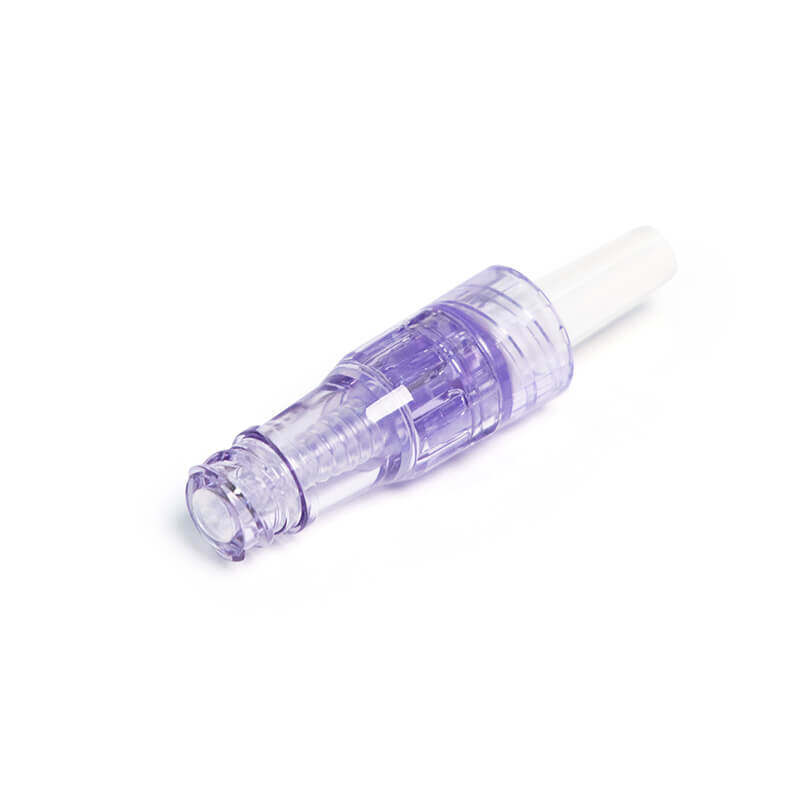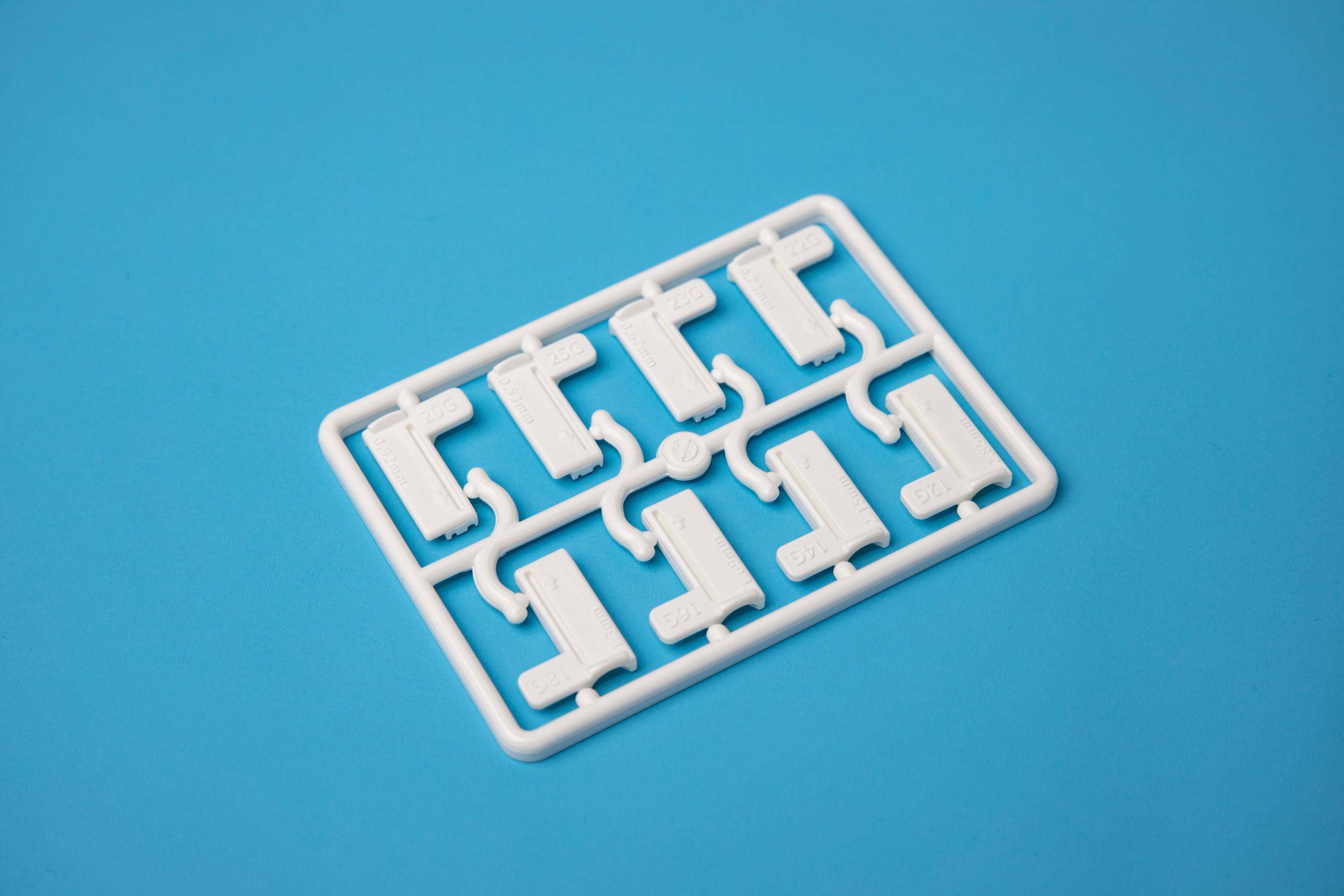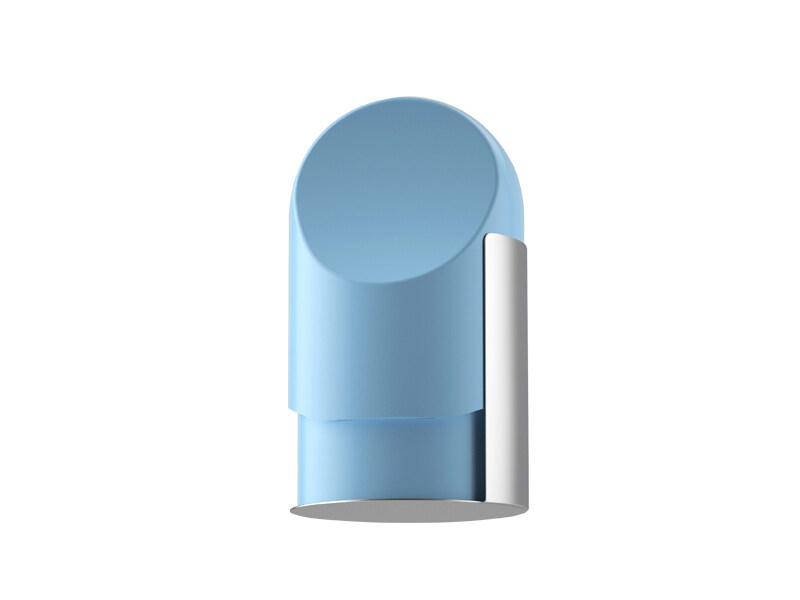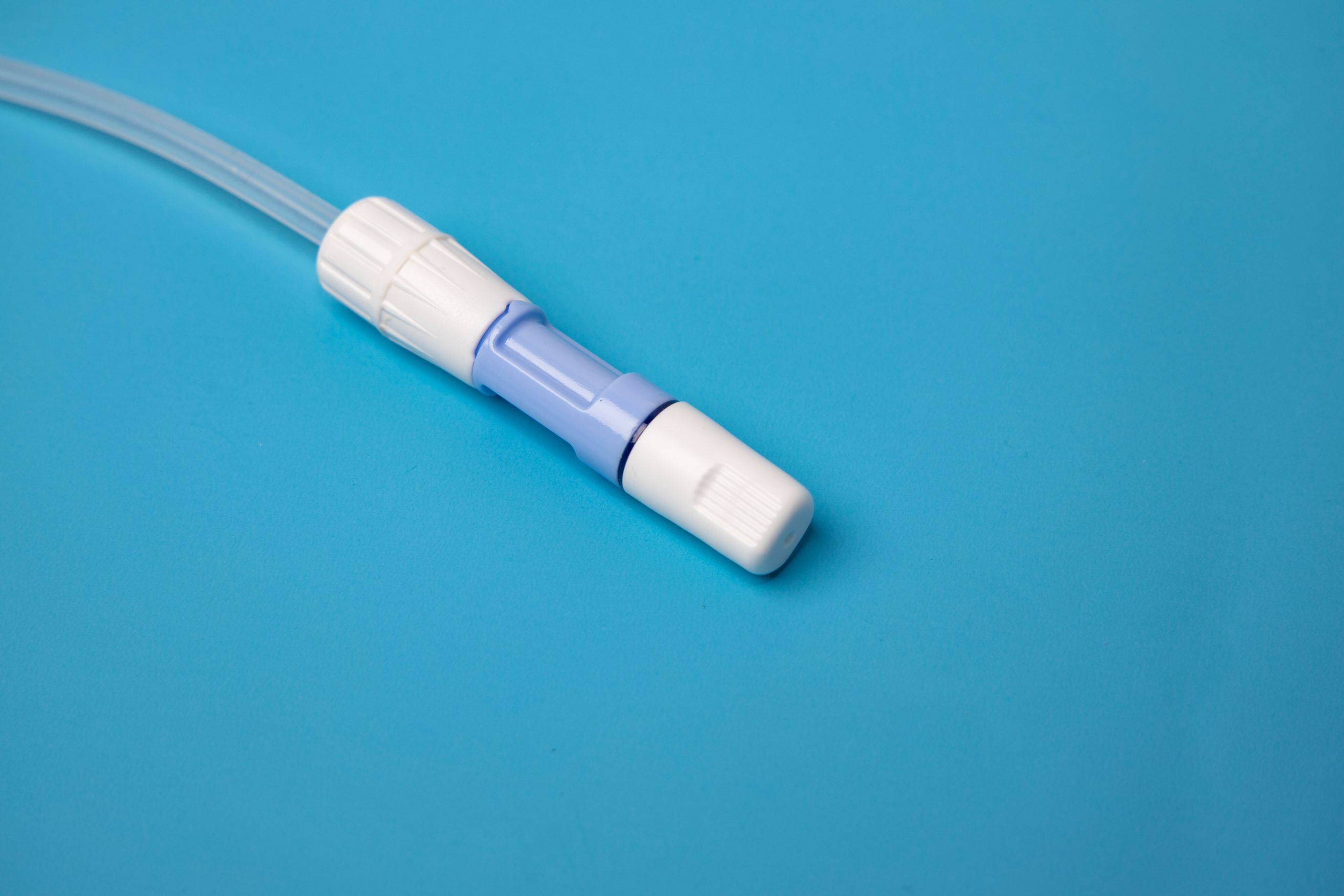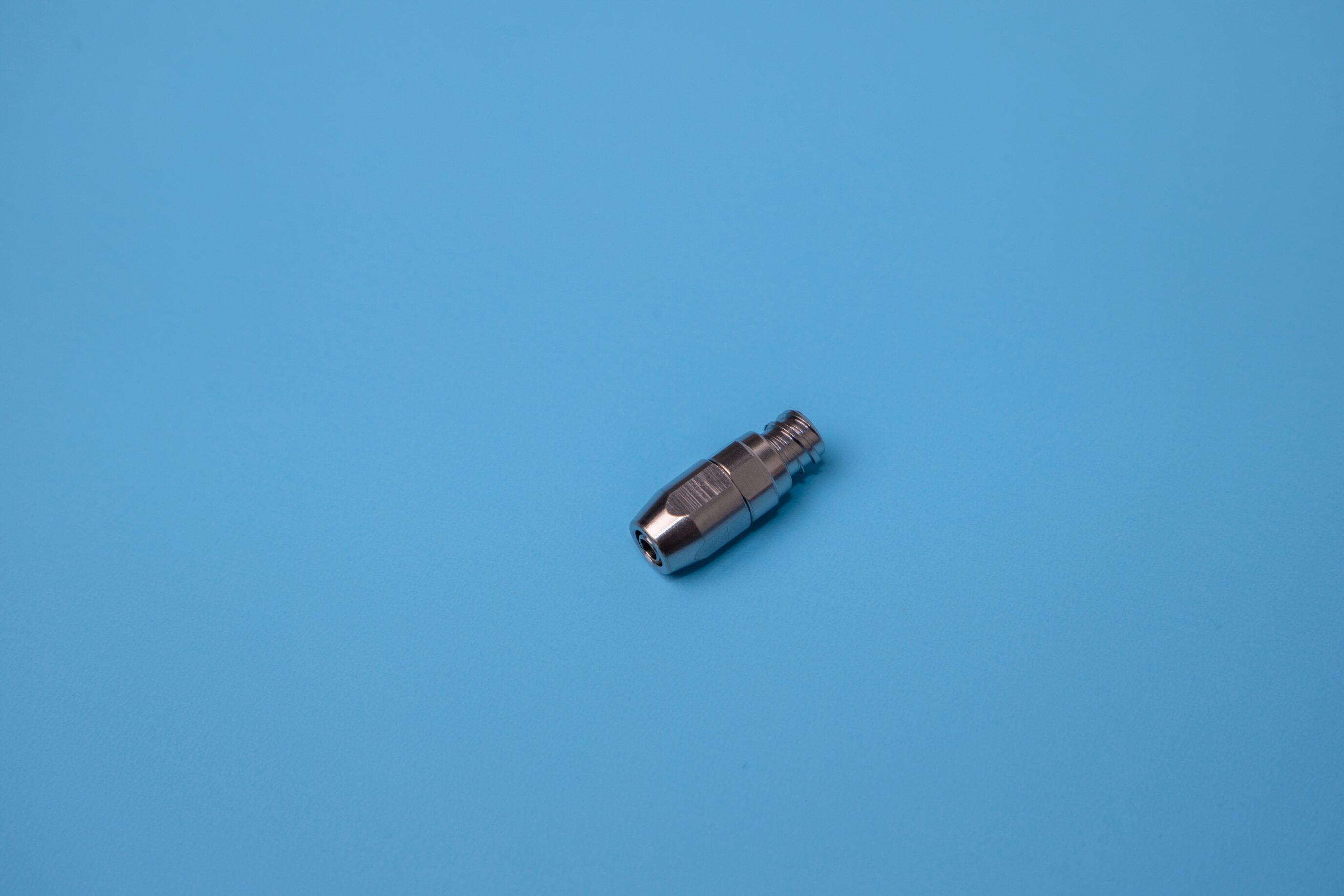central venous catheter care nursing
What is a central venous catheter used for?
A central venous catheter is a thin, flexible tube that is inserted into a vein, usually below the right collarbone, and guided (threaded) into a large vein above the right side of the heart called the superior vena cava.
What are the types of central venous catheters?
The doctor will recommend the type of CVC you should have based on your situation and how long the CVC may be needed.
Three common types of CVC are a tunneled central venous catheter, a peripherally inserted central catheter, and a subcutaneous port.
There is still a lot to learn about central venous catheters, for example about central venous catheter care nursing. Only with a better understanding of central venous catheter care nursing can we make the most of its usefulness.
Introducing Central Venous Catheter Care Nursing - a comprehensive and cutting-edge nursing service designed to provide high-quality care and support to patients with central venous catheters.
To help patients manage their catheters and minimize the risk of complications. These features include:
Education: nurses provide patients with personalized education on catheter care, including how to clean and maintain their catheter, how to recognize signs of infection or complications, and how to manage catheter-related discomfort.
Monitoring: nurses monitor patients' catheters regularly to ensure that they are functioning correctly and to identify any potential issues early on.
Support: nurses are available to answer patients' questions and provide support throughout their catheterization period, ensuring that patients feel empowered and informed.
Collaboration: nurses work closely with patient's healthcare providers to ensure that their care is coordinated and consistent, maximizing the effectiveness of their treatment.
Pros:
Personalized education and support from experienced nurses can help patients manage their catheters and reduce the risk of complications.
Regular monitoring by nurses can identify issues early on, minimizing the risk of more serious complications.
Collaboration with healthcare providers can ensure that patients receive coordinated and effective care.
Cons:
Nursing services may not be covered by all insurance plans, making it less accessible for some patients.
Patients may feel uncomfortable with the idea of a stranger caring for their catheter.
Where is the central venous catheter placed?
A Central venous catheter is used to give intravenous fluids, blood transfusions, chemotherapy, and other drugs.
A central venous catheter is an indwelling device that is peripherally inserted into a large, central vein, and advanced until the terminal lumen resides within the inferior vena cava, superior vena cava, or right atrium.
Haolang medical specializes in developing, manufacturing, and distributing a series of products for vascular access, infusion therapy, and infection control.
For questions about the central venous catheter, including central venous catheter care nursing, you are always welcome to contact Haolang Medical to find out more.
Q: How often will a nurse visit me for catheter care?
A: The frequency of nurse visits will depend on your individual needs and the recommendation of your healthcare provider. Typically, our nurses visit patients regularly to provide education and monitoring.
Q: Can I perform catheter care myself?
A: While some patients may be able to perform catheter care themselves, many patients benefit from the support and education provided by our nurses. Our nurses can help you learn how to care for your catheter safely and effectively.
Q: Will my insurance cover central venous catheter care nursing?
A: Coverage for nursing services varies by insurance plan. Please check with your insurance provider to determine your coverage.
Central Venous Catheter Care Nursing is an innovative and valuable service that can improve the quality of life for patients with central venous catheters. With personalized education, regular monitoring, and collaboration with healthcare providers, can help patients manage their catheters effectively and reduce the risk of complications. If you or a loved one are using a central venous catheter, consider Central Venous Catheter Care Nursing to ensure the best possible care and support.

